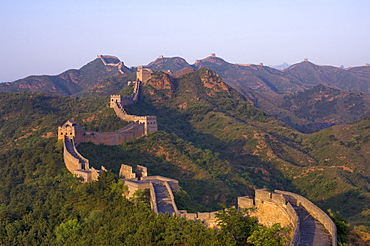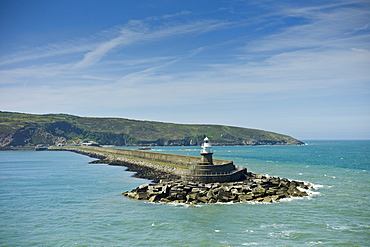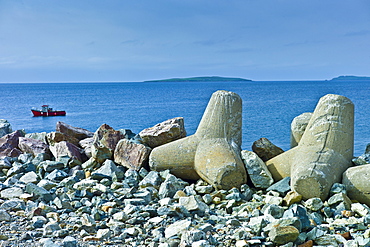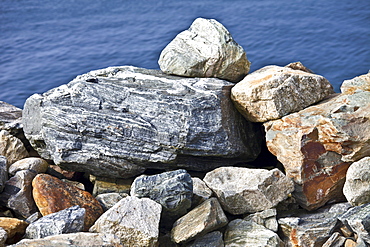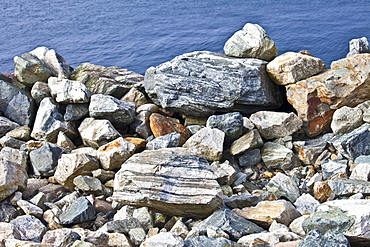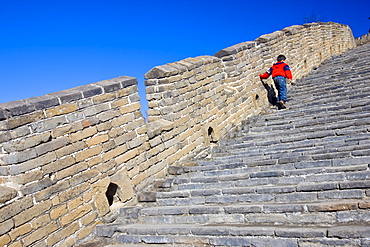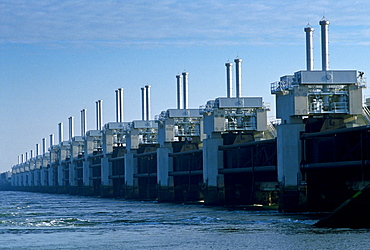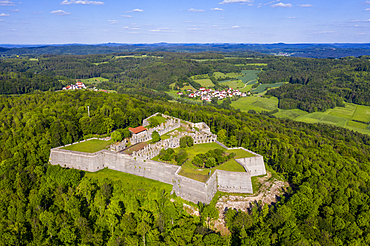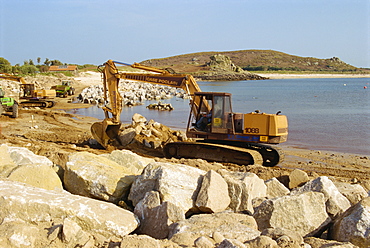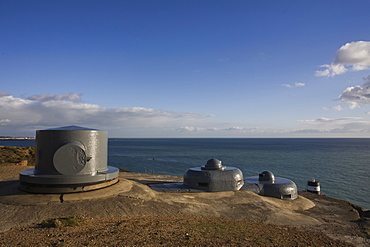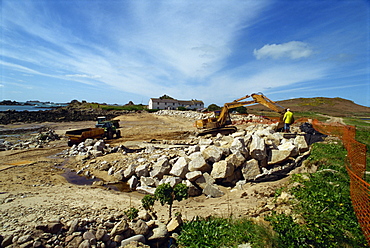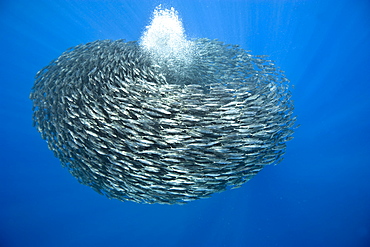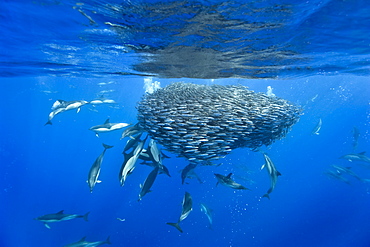Results
« Previous 1 … 5 6 7
654 results found

Scorpion fish (Scorpaenopsis) have venomous spines for defence, Similan Islands, Thailand, Southeast Asia, Asia

Military chiefs in uniform, with medals, saluting parade of armed forces in Abu Dhabi, United Arab Emirates
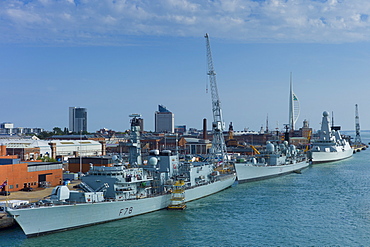
Royal Navy ships HMS Kent 23 frigate F78, HMS Edinburgh 42 destroyer D97, HMS Dragon 45 destroyer D35, Portsmouth Naval Base

Military Guard Of Honour of Jamaica Defence Force with rifles and bayonets outside Parliament in Kingston, Jamaica

Tourists taking a lunch break on the pier sea defence wall at Ballyvaughan, County Clare, West Coast of Ireland
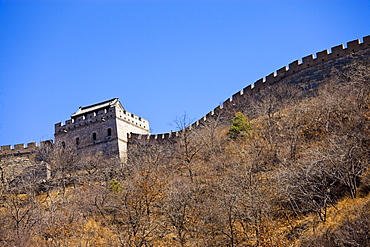
The ancient Great Wall of China snaking through mountains at Mutianyu, north of Beijing (formerly Peking)

The ancient Great Wall of China snaking through mountains at Mutianyu, north of Beijing (formerly Peking)

Tourists walk the ancient Great Wall of China at Mutianyu, north of Beijing (formerly Peking), China
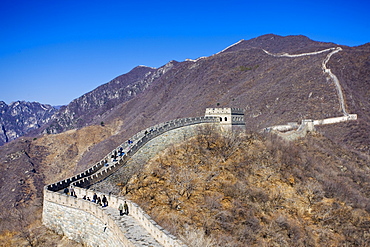
The ancient Great Wall of China snaking through mountains at Mutianyu, north of Beijing (formerly Peking)
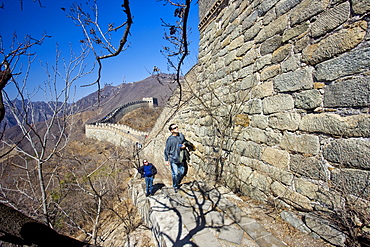
Two men walk along the side of the Great Wall of China at Mutianyu, north of Beijing (formerly Peking), China
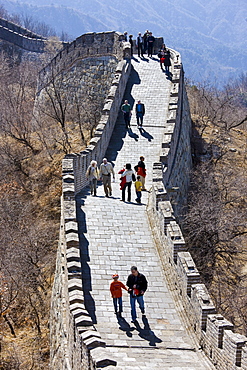
Tourists walk the ancient Great Wall of China at Mutianyu, north of Beijing (formerly Peking), China

Father with his daughter on the Great Wall of China at Mutianyu, north of Beijing (formerly Peking), China

The ancient Great Wall of China snaking through mountains at Mutianyu, north of Beijing (formerly Peking)

The ancient Great Wall of China snaking through mountains at Mutianyu, north of Beijing (formerly Peking)

The ancient Great Wall of China snaking through mountains at Mutianyu, north of Beijing (formerly Peking)
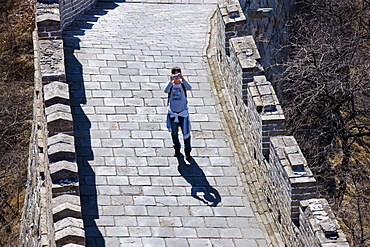
Tourist takes a photograph on the ancient Great Wall of China at Mutianyu, north of Beijing (formerly Peking), China
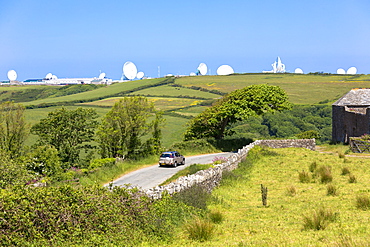
Satellite antenna dish at GCHQ Bude Satellite Listening Station (Government Communications Headquarters) defence at Cleave Camp, Cornwall, England, United Kingdom, Europe

Entrance of Schoenenbourg Fortress, complete with painted on embrasures, Bas-Rhin department, France, Europe
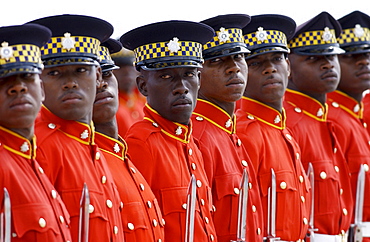
Military Guard Of Honour of Jamaica Defence Force with bayonets outside Parliament in Kingston, Jamaica
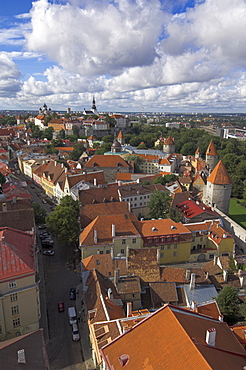
Medieval town walls, defence towers, rooftops of the Old Town, UNESCO World Heritage Site, and Toompea Hill, Tallinn, Estonia, Baltic States, Europe
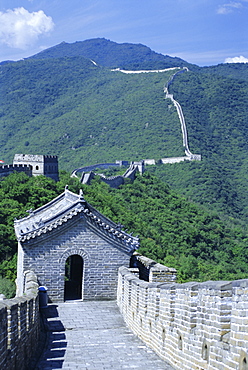
Restored section with watchtowers of the Great Wall (Changcheng), northeast of Beijing, Mutianyu, China, Asia
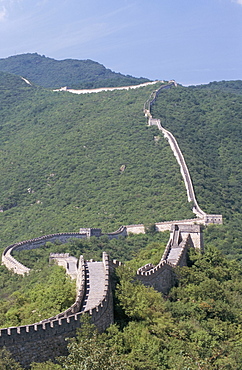
Restored section of the Great Wall, UNESCO World Heritage Site, Mutianyua, (Changcheng), northeast of Beijing, China, Asia
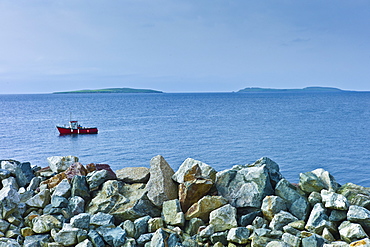
Fishing boat with Saltee Islands in background and sea defences, Kilmore, County Wexford, Southern Ireland

Cannon battery at Historic Fort Sumter National Monument, Charleston, South Carolina, United States of America, North America
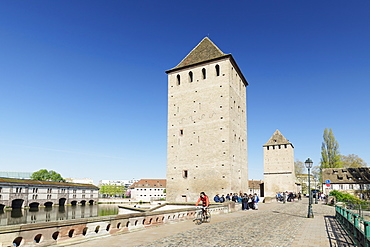
Ponts Couverts, Ill River, Barrage Vauban, UNESCO World Heritage Site, Strasbourg, Alsace, France, Europe
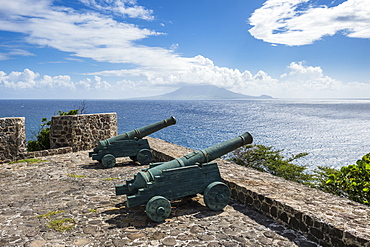
Old cannons on the southern coastline of St. Eustatius, Statia, Netherland Antilles, West Indies, Caribbean, Central America
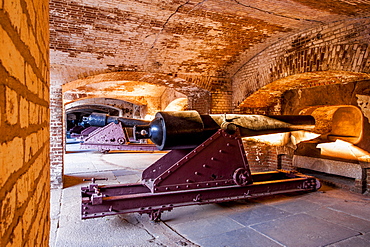
Cannon battery at Historic Fort Sumter National Monument, Charleston, South Carolina, United States of America, North America
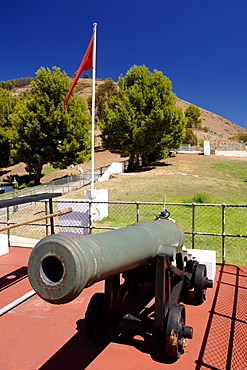
View of one of the two noon guns at Lion Battery on Signal Hill in Cape Town.
The daily noon gun is Cape Town’s oldest living tradition and the two cannons used are the oldest guns in daily use in the world. They have marked the midday hour in the mother city in this distinctive, albeit noisy manner since early 1806. The cannons were cast in Britain in 1794 and still bear the royal crest of King George the third. The firing of the cannon was originally to give ships in the bay a means of re-setting their clocks accurately.
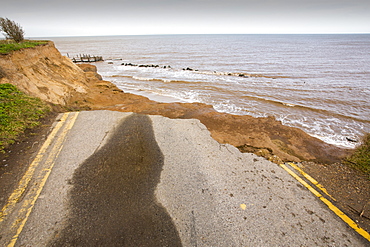
A road eroded and dropping off into the North sea at Happisburgh, Norfolk, a rapidly eroding section of coastline, UK.
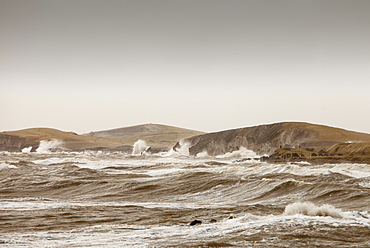
Gale force winds and crashing waves battering the coastal defences in Harrington, Workington, Cumbria, England, United Kingdom, Europe
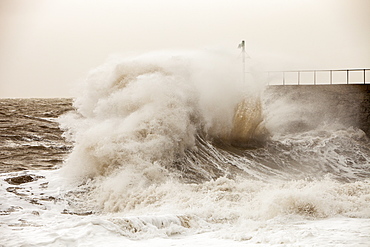
Gale force winds and crashing waves battering the coastal defences in Harrington, Workington, Cumbria, England, United Kingdom, Europe

Gale force winds and crashing waves battering the coastal defences in Harrington, Workington, Cumbria, England, United Kingdom, Europe
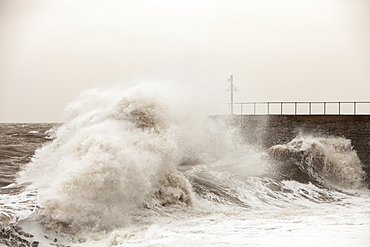
Gale force winds and crashing waves battering the coastal defences in Harrington, Workington, Cumbria, England, United Kingdom, Europe
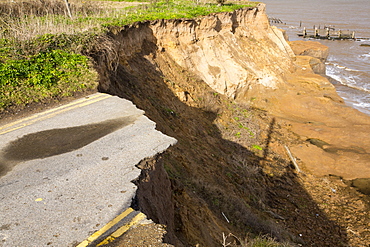
A road eroded and dropping off into the North sea at Happisburgh, Norfolk, a rapidly eroding section of coastline, UK.
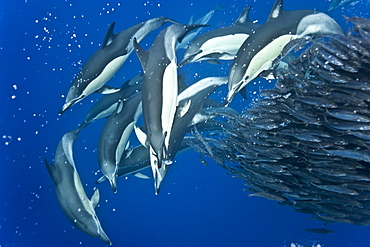
Common dolphins (Delphinus delphis) preying on blue jack mackerel (Trachurus picturatus), Azores, Portugal, Atlantic, Europe

Common dolphins (Delphinus delphis) preying on blue jack mackerel (Trachurus picturatus), Azores, Portugal, Atlantic, Europe

Common dolphins (Delphinus delphis) preying on blue jack mackerel (Trachurus picturatus), Azores, Portugal, Atlantic, Europe
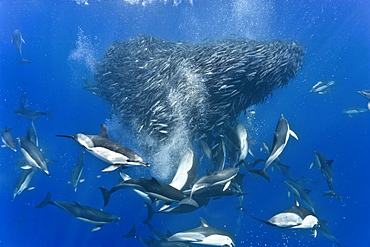
Common dolphins (Delphinus delphis) preying on blue jack mackerel (Trachurus picturatus), Azores, Portugal, Atlantic, Europe
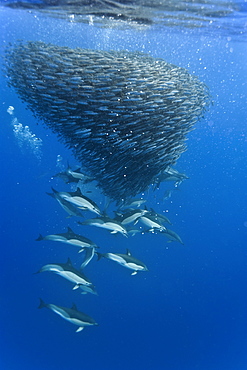
Common dolphins (Delphinus delphis) preying on blue jack mackerel (Trachurus picturatus), Azores, Portugal, Atlantic, Europe

Shark thought to be a tope with a zebra fish in attendance passes a large ball of blue jack mackerel (Trachurus picturatus) mid ocean, Azores, Portugal, Atlantic, Europe
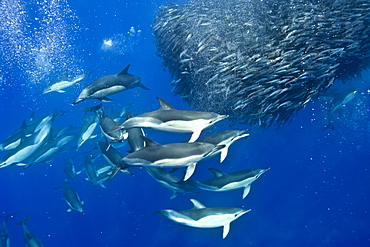
Common dolphins (Delphinus delphis) preying on blue jack mackerel (Trachurus picturatus), Azores, Portugal, Atlantic, Europe
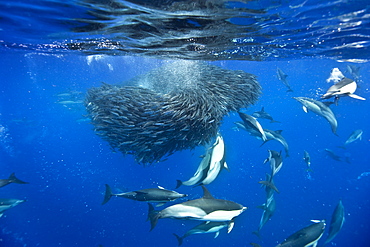
Common dolphins (Delphinus delphis) preying on blue jack mackerel (Trachurus picturatus), Azores, Portugal, Atlantic, Europe
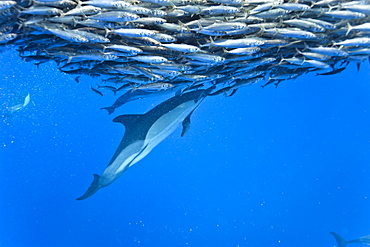
Common dolphin (Delphinus delphis) preying on blue jack mackerel (Trachurus picturatus), Azores, Portugal, Atlantic, Europe
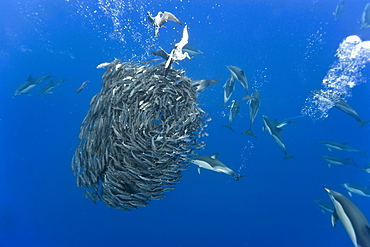
Common dolphins (Delphinus delphis) and Cory's sheerwaters (Calonectris diomedea) preying on blue jack mackerel (Trachurus picturatus), Azores, Portugal, Atlantic, Europe
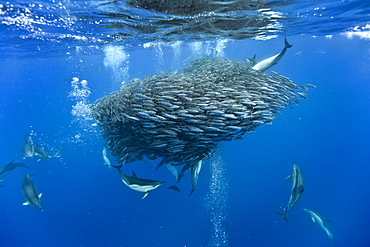
Common dolphins (Delphinus delphis) preying on blue jack mackerel (Trachurus picturatus), Azores, Portugal, Atlantic, Europe
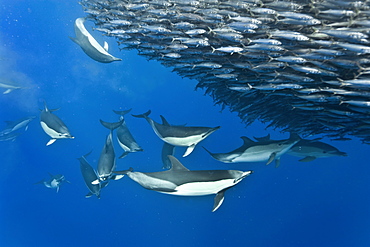
Common dolphins (Delphinus delphis) preying on blue jack mackerel (Trachurus picturatus), Azores, Portugal, Atlantic, Europe
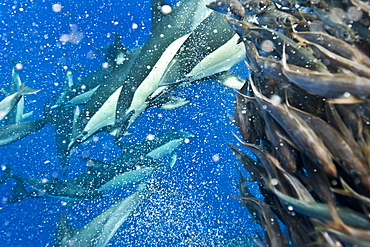
Common dolphins (Delphinus delphis) preying on blue jack mackerel (Trachurus picturatus), Azores, Portugal, Atlantic, Europe
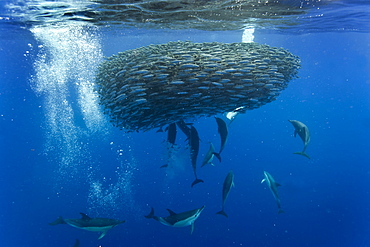
Common dolphins (Delphinus delphis) preying on blue jack mackerel (Trachurus picturatus), Azores, Portugal, Atlantic, Europe
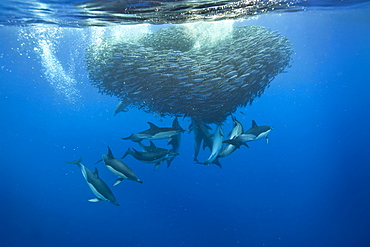
Common dolphins (Delphinus delphis) preying on blue jack mackerel (Trachurus picturatus), Azores, Portugal, Atlantic, Europe

